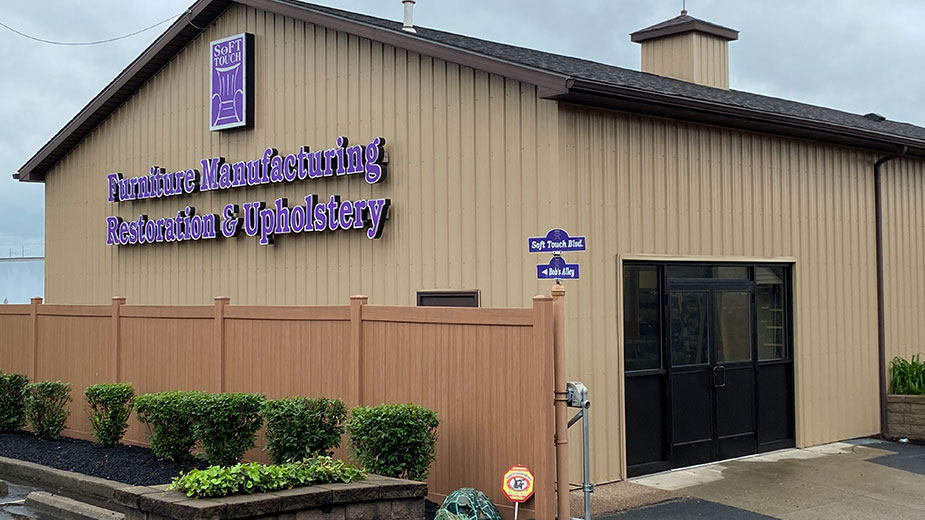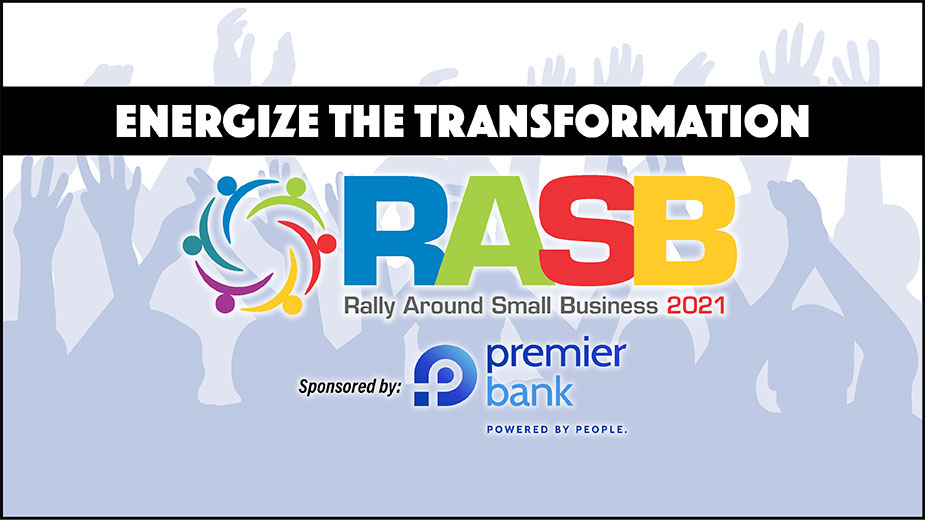Most Local Businesses Believe Shutdowns Were Necessary
YOUNGSTOWN, Ohio — The “Three-Minute Reopening” survey conducted by The Business Journal from April 28 to May 4 finds that 75% of respondents believe state-ordered business shutdowns were necessary to stop the spread of COVID-19. But some also said it could take up to a year to return to normal operations – if they’re still open.
As part of our “Now More Than Ever! Rally Around Small Business 2020” campaign, the survey was emailed to 7,500 business contacts throughout the five-county region. Key findings are published on the following pages with a sampling of anonymous comments respondents offered.
Of the business owners, managers and professionals who completed the survey, 57% operate in Mahoning County, 16% in Trumbull, 10% in Columbiana, 5% in Mercer County, Pa., and 4% in Lawrence County, Pa.
The survey received responses from businesses in 13 industries. Nearly half (43%) of respondents work in professional services. Rounding out the top-five industries are construction (25%), health care and social assistance (24%), retail (24%) and manufacturing (23%).
Most businesses that responded (34%) have one to five employees, followed by employers with 11 to 20 (17%), 21 to 50 employees (15%) and six to 10 employees (12%). Just 4.1% reported employing 501 or more.
While most believe the shutdowns were necessary, some commented that it could have been handled better. Many aired grievances ranging from lending by banks, to government response, to coverage by the news media.
“The impact to my business has largely been due to the government and the media blowing this whole thing way out of proportion, putting my customers out of work and making the rest afraid to spend on anything not necessary,” one respondent said.
When asked when they expect their firms’ output to return to pre-crisis levels, “six months from now” was the top response at 27% of respondents. Another 21% were hopeful it would take only three months.
“After building a business from the ground up there is some anxiety associated with restarting the business,” one respondent said. “It feels like I am starting from Day One in 2017! However, I think with a few good months under our belt, we can get the business flowing again.”
Just over a fifth of the respondents, 21%, said they weren’t sure how long it would take to return to pre-crisis levels. It would take a year to get back to normal, 12% said. Another 21% said they are unsure.
“The virus has killed my business. I don’t know when or if I will resume operations,” one respondent said. “It’s too early to tell. I am at a wait-and-see stage.”
“Currently running at 55% of normal,” another commented. “Likely never get back to 100% from existing base of customers.”
Most respondents said they applied for new forms of financing (43%), temporarily laid off workers (32%), or reduced employee hours and/or operating hours (26%). No businesses said they permanently closed while 15% ceased operations temporarily.
Some respondents are seeing losses in parts of their business and gains in others. Others reported making changes to adapt that will carry over to when businesses are fully reopened, including having more employees work from home or implementing more technological solutions.
“We have been able to respond to customer needs through uses of technology, staff working remotely and at the offices, providing appropriate levels of PPE,” one business owner said.
“Our organization has utilized remote working, and has increased productivity and generated more revenue than previously,” said another.
Copyright 2024 The Business Journal, Youngstown, Ohio.



